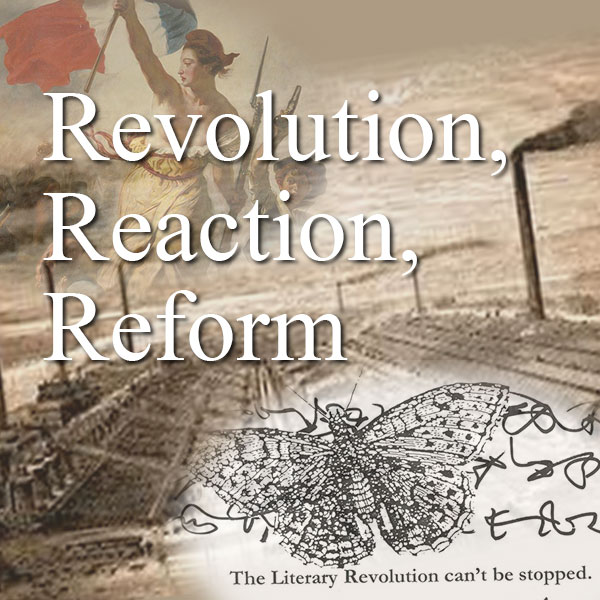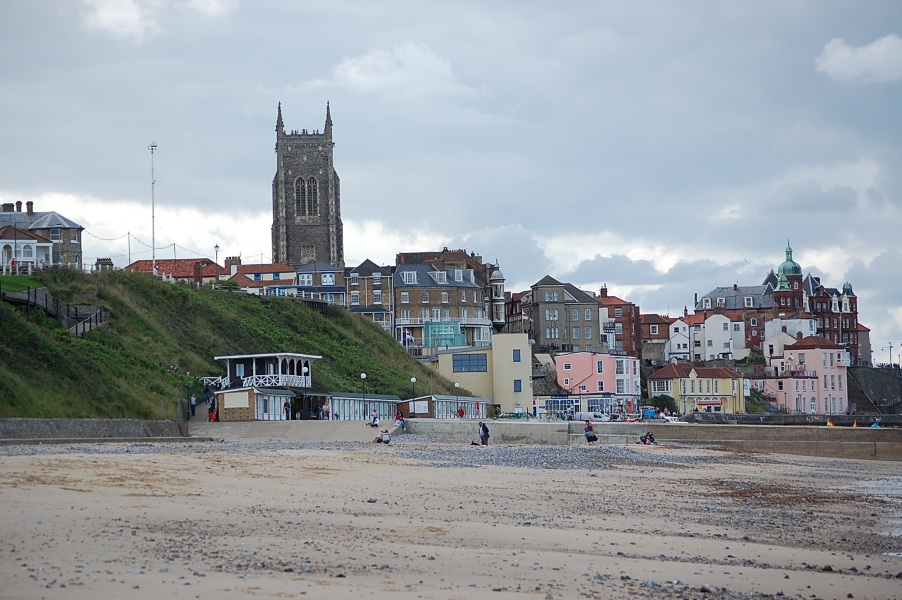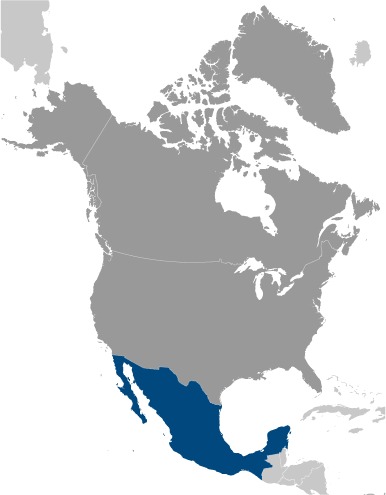2. In Chapter XLIX, Margaret and her Aunt Shaw take a vacation to Cromer. At that location, Margaret finds a curative, meditative place that starts to bring her out of a stupor. The seaside atmosphere gave her a place to construct her thoughts, and she seemed to become more self-conscious of who she was because of it.
3. Cromer is a small fishing town in North Norfolk which has been a seaside destination since the 1700s. Visitors were seeing Cromer as early as 1785 and the tourism only increased throughout the 19th century as word spread of Cromer's beauty. The location also has a history of literature with many writers having struck inspiration from the ocean landscapes.
4. As with any of the places mentioned, the visiting of Cromer continues to look at the wider world with its unique locations. More importantly, Cromer was a place of...
more
 British Literature II: Revolution, Reaction, Reform examines British literature from the late eighteenth century to the present, a period that witnessed the American and French Revolutions, slave revolts such as the Haitian Revolution, a “revolution in female manners,” the Industrial Revolution, the twentieth-century revolutionary wave in Europe, as well as World War I and World War II, and, of course, artistic revolutions. We will consider how the authors and literary works of this period might be reacting to change, advocating for reform, or participating in literary revolutions—whether revolution is understood in the sense of “revolving” or of “revolting,” going full circle to return to a previous (more perfect?) time or experiencing/effecting a great alteration or rupture.
British Literature II: Revolution, Reaction, Reform examines British literature from the late eighteenth century to the present, a period that witnessed the American and French Revolutions, slave revolts such as the Haitian Revolution, a “revolution in female manners,” the Industrial Revolution, the twentieth-century revolutionary wave in Europe, as well as World War I and World War II, and, of course, artistic revolutions. We will consider how the authors and literary works of this period might be reacting to change, advocating for reform, or participating in literary revolutions—whether revolution is understood in the sense of “revolving” or of “revolting,” going full circle to return to a previous (more perfect?) time or experiencing/effecting a great alteration or rupture.


